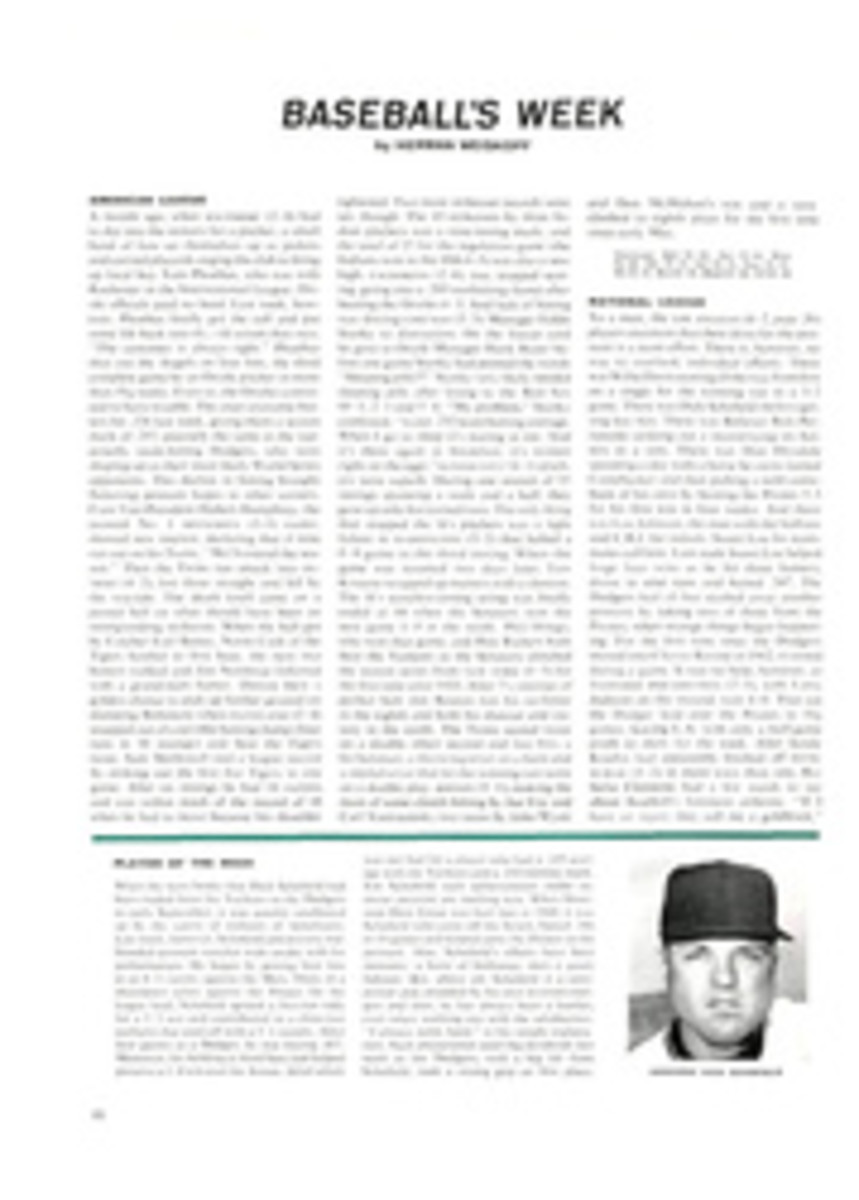
For collectors: a facsimile reprint of an 18th-century masterpiece on horses
Born in 1724, George Stubbs. A.R.A., was the son of a prosperous Liverpool tanner. A self-taught artist who was also an anatomist and anatomical artist, Stubbs's equestrian paintings were commissioned by such men as Lord Grosvenor and the Duke of Richmond on the strength of his anatomical drawings.
These equine blueprints were first published in 1766 as The Anatomy of the Horse, and have been reissued this year as a sumptuous facsimile reprint by Joseph Allen, publisher and proprietor of the Horseman's Bookshop, 1, Lower Grosvenor Place, Belgravia, London.
Up in his private office on the second floor, Joseph Allen explains that equestrian painters antedating Stubbs are considered "primitives." The original Anatomy is so rare as to be almost unobtainable, a copy fetching about $300.
Bound in scarlet rexine, with gilt lettering, the facsimile reprint of the Anatomy has a frontispiece from George Dance's portrait, showing that Stubbs, in spite of his long, inquisitive nose, full lips and double chin, was a man with whom one would have thought twice before having an argument. And this is a true portrait, for in opposition to his delicacy of touch he had a combination of physical strength and determination that enabled him, singlehanded, to hoist the entire carcass of a horse to an upper room, and there take his time, dissecting and drawing every section in minute detail.
His anatomical descriptions are, of course, couched in 18th-century terms. While these are perfectly correct and are reproduced in the reprint, they have been modernized by Professor James McCunn, distinguished veterinary authority, and Professor C. W. Ottaway.
What gives the volume its greatest distinction—it has 60 pages of text, bibliography and biographical notes—is the inclusion of 24 related drawings that are published for the first time, in addition to the original 30 folding plates, 18¾ inches by 12 inches.
What happened was that Stubbs's anatomical drawings eventually ended up in the hands of Sir Edwin Landseer, who left them to his brother Charles, Keeper of the Royal Academy, who, in turn, left them to the academy. There the 24 unused drawings lay forgotten until 1963, when they were found by an assistant librarian.
The book costs $31.50, one-tenth of the price realized by a copy of the first edition, but it is destined nevertheless to become a collector's item, for the edition is limited to 1,000 copies.

